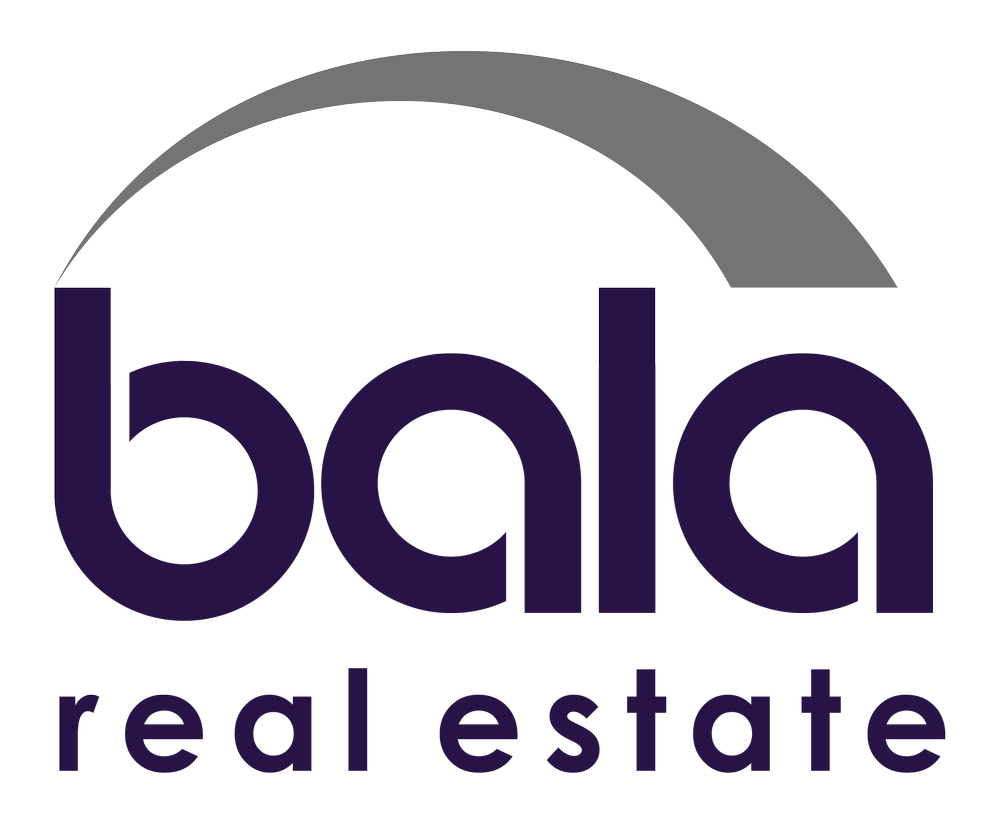Many owners of condominium units, particularly those in relatively new buildings in the outer boroughs, understand the 421a tax abatement program (a full explanation of the program, including an FAQ, can be found by clicking this link). To find out whether the building in which you live or own a unit receives benefits under the plan, which provides for partial property tax exemption over a term of years, follow this link.
Fewer people understand the byzantine rules and regulations that comprise the world of NYS and NYC rent regulation.
But owners of units in buildings benefiting from a 421a tax abatement should understand that these units are subject to rent regulation during the period when 421a tax benefits are being received.
While rent regulations may not affect the initial market rent charged by owners of such units to their tenants, certain other provisions embedded in these rules do apply.
Earlier this month, the New York City Rent Guidelines Board adopted annual renewal increases of up to 4.0% (for one year leases) or 7.75% (for two year leases).
Owners of units subject to rent regulation, including owners of units in buildings benefiting from a 421a tax abatement, must adhere to these guidelines.
Owners of units in buildings benefiting from a 421a tax abatement are permitted an additional increase of 2.2%, in order to account for depreciation, provided they attach the applicable rider to the lease.
By way of example, if the owner of a unit in a building that currently receives a 421a tax abatement, like One Murray Park, rents that unit out to a tenant for an initial rent of $2,000, then the one-year renewal rent cannot exceed $2,124 per month ($2,000 plus 6.2%).
In addition to these restrictions, unit owners must adhere to other applicable provisions, including annual registration statements and attaching certain riders to the lease. Provided the applicable rent stabilization rider and additional increase rider are attached to the lease, the unit will become automatically deregulated when the 421a tax incentives expire.
Owners of units in buildings receiving tax benefits should always consult with a lawyer before drafting or signing a lease.








